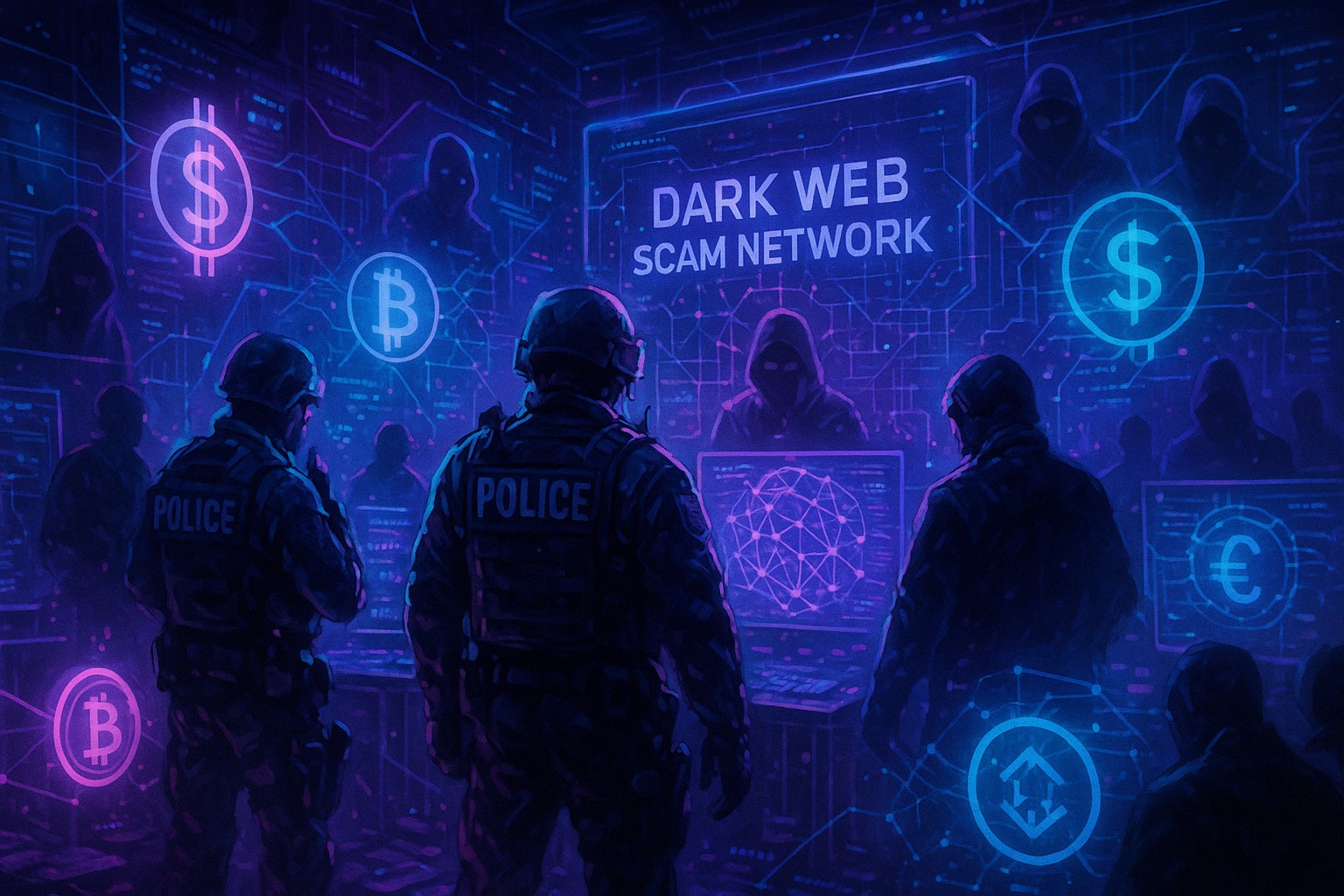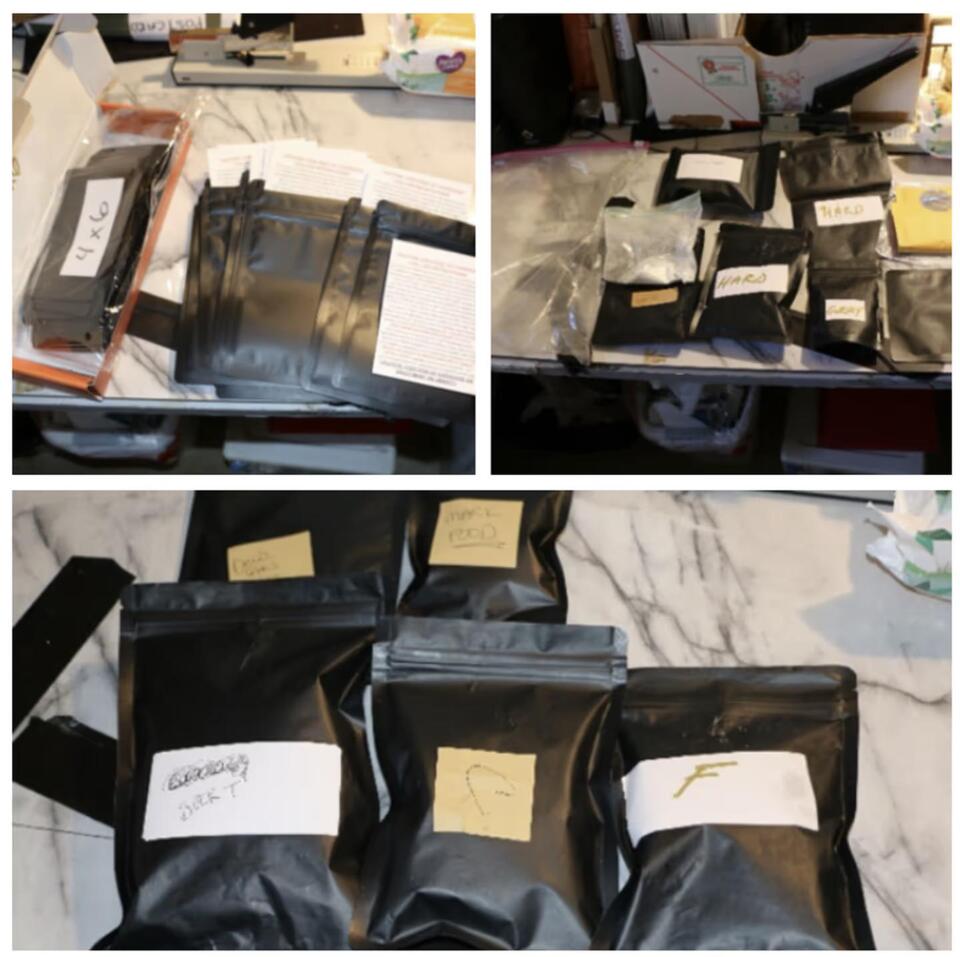In the ongoing evolution of global conflict, Russia has developed one of the most dynamic and interconnected cyberwarfare ecosystems in the world. The model blends state intelligence agencies, independent hacktivist groups, and criminal syndicates, all functioning under a shared ideological and operational umbrella. This fusion has become a defining feature of modern hybrid warfare, particularly in the post-2022 Russian war doctrine.
Strategic Coordination of Cyber and Physical Strikes
A report by the Ukrainian Cyber Diia Team reveals a notable pattern: Russian cyberattacks often precede physical missile strikes by weeks. This time gap, consistent between 2022 and 2024, suggests a strategic effort to weaken infrastructure before kinetic attacks. It’s a hallmark of hybrid warfare, where digital operations pave the way for real-world destruction.
Core State-Backed Cyber Entities
Russia’s cyber capabilities are built around six major entities:
- Dragonfly (FSB Centre 16): Targets global critical infrastructure.
- Gamaredon (FSB Centre 18): Focuses on Ukrainian state institutions.
- APT29 (Cozy Bear): Operates under the SVR, targets governments and private firms.
- APT28 (Fancy Bear): Linked to the GRU, known for election interference.
- Sandworm (GRU Unit 74455): Behind major cyberattacks like NotPetya.
- TEMP.Veles (TsNIIKhM): Created the Triton malware aimed at industrial systems.
These elite groups are responsible for advanced espionage, sabotage, and global disruption campaigns.
Peripheral Actors: Qilin and Killnet
While state actors conduct sophisticated espionage, peripheral groups like Qilin and Killnet represent the frontline of ideological and financially motivated cyberwarfare.
Qilin emerged as a ransomware group in 2022, targeting healthcare systems like London’s NHS Synnovis, crippling critical services and leaking over 600 GB of personal data. Their rhetoric blends nationalist language with anti-Western propaganda, echoing Kremlin messaging. Qilin operates via a dark web portal with accessible stolen databases, and has amassed over 32 TB of stolen data from 135 breaches in 2024 alone.
Killnet, in contrast, functions like a cyber mercenary army. It’s structured into subgroups like Legion-Cyber Intelligence and Anonymous Russia, capable of launching massive DDoS attacks using tools like CC-Attack. Led by a figure known as Killmilk, the group claims 4,500 members globally. They provide attack-for-hire services and have reportedly collaborated with U.S.-based actors during an attack on Boeing.
State-Connected “Gray Zone” Groups
Groups like People’s Cyber Army and XAKNET occupy the gray zone between ideological hacktivism and formal state operations. Though they claim independence, investigations by Mandiant and others suggest ties to Sandworm and other state units. These groups act as experimental arms for testing techniques and gauging enemy defenses.
From Amateur Tools to Advanced Operations
Groups like Killnet often begin with basic open-source scripts but scale their impact through coordination and distributed power. Qilin, by contrast, develops its own malware—like their ransomware “Agenda,” rewritten in Rust for speed and stealth.
Meanwhile, APT28 continues to push boundaries with techniques like the nearest neighbor attack, where hackers breach a nearby Wi-Fi network to infiltrate a secure one—demonstrating the innovation and reach of elite Russian cyber teams.
The Role of Propaganda and AI
Following the death of Wagner Group leader Prigozhin, reports suggest that Russian botnets have become AI-powered, automating disinformation at scale. This transformation strengthens Russia’s ability to influence narratives while reinforcing the effectiveness of its hybrid warfare strategy.
Conclusion: A Self-Reinforcing System
Russia’s cyberwarfare is no longer just about state hackers. It’s a modular, adaptive ecosystem, where freelance hackers evolve into state contractors, where ransomware becomes policy, and where propaganda is amplified by machine learning. The fusion of ideology, technology, and criminal enterprise has created a system capable of operating in multiple domains simultaneously—posing a serious challenge to traditional cybersecurity and defense paradigms.



